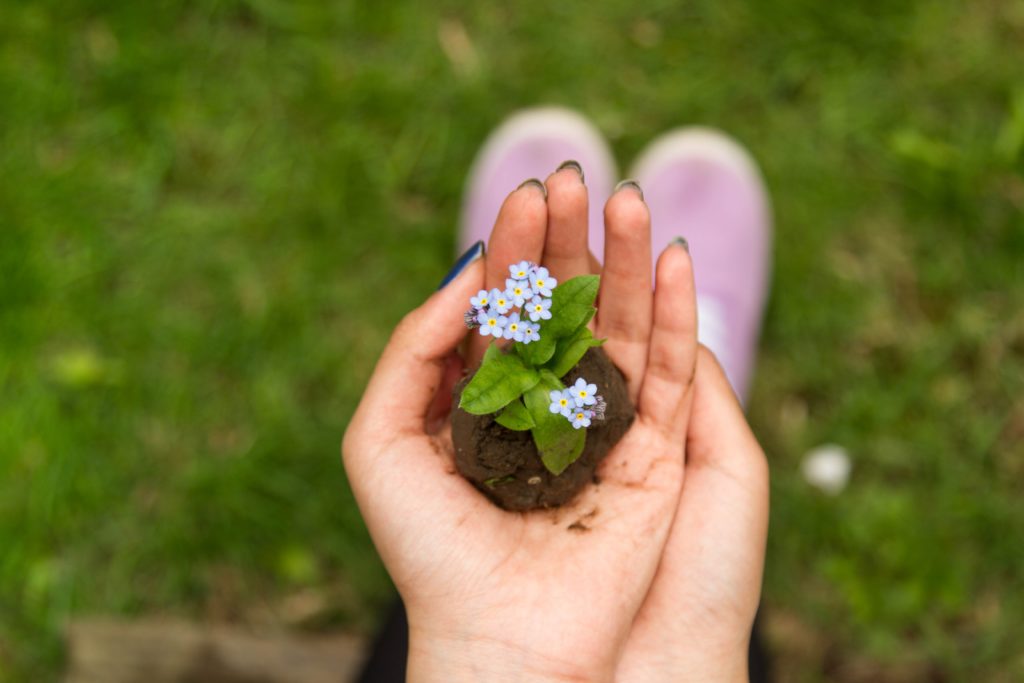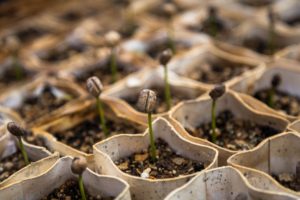
Seed saving has never been more popular among contemporary gardeners. In an effort to be more sustainable and self sufficient, we’re urged to collect those drying autumn pods and store their seed away to sow the following season. And in many ways, nothing could be more satisfying – providing we understand that the seed we’ve saved may not necessarily return the ‘goods’ we hope for.
Reversion
We’ve all enjoyed growing familiar species of flowers in extra-special colours – foxgloves in delicate apricots and lemons, nasturtiums with deep red and gold throats, sweet peas in old fashioned creams tinged with lavender hues. If you’re a seed saver, your first thought is “I must collect the seed from that one so I have it again next year.” Even if you’re not a seed saver, you’ve no doubt let the spent bloom stay on the plant in the hope it will self seed and produce more glorious colours next year. Either way, you’re likely to be disappointed because these and many others cultivars (plant varieties which have been produced by selective breeding), have dominant traits (genetically determined characteristics) which mean they will eventually return to the colours of their ancestors. Hence, that pretty apricot foxglove will eventually produce seed that grows pink or purple flowers. The nasturtium will eventually return to the familiar orange and yellow of its wild parents, and the much-loved pale sweet pea will produce seed that sport vines with red and purple flowers.
Cross pollination
Vegetable gardeners are especially interested in saving seed – after all, what could be more satisfying than growing your own food without having to purchase the seed to do it! While the seed saving aim will work with many varieties of edibles, it won’t for all, and unfortunately, problems occur with one of the most popular of vegetable families: the brassica. Brassica include cabbage, broccoli, cauliflower, Brussels sprouts, kale, turnip and rocket, as well as many others including a host of Asian greens.
Left to flower, in relatively close proximity, these cousins are happy to share their pollen with each other with the result that the cauli will cross with the broccoli; the cabbage with the turnip etc etc. While the resulting seed will certainly produce another brassica – it may not be one that we recognise!
Seeds from hybrids
It’s not uncommon to see the word ‘hybrid’ on a seed packet. Hybrid seed is a cross between two varieties of plant. Sometimes hybrid produce seed which is sterile (it won’t germinate). Sometimes they produce no seed at all. If they do produce a seed that germinates, that seed won’t produce a plant that is the same as its parent.
To save or no – that is the question!
Seed saving is fun, and growing from your own seed is always exciting and satisfying. Despite the potential, in some cases, for things to turn out not quite as you expected, give seed saving a go regardless, but observe a few basic rules along the way: Collect seed from non-hybrids. Grow plants from the same family well away from each other to try to avoid cross-pollination. Collect seed from plants that reliably come true. Learn to enjoy those dominant original colours; after all, what’s not to love about










Join the Discussion
Type out your comment here:
You must be logged in to post a comment.